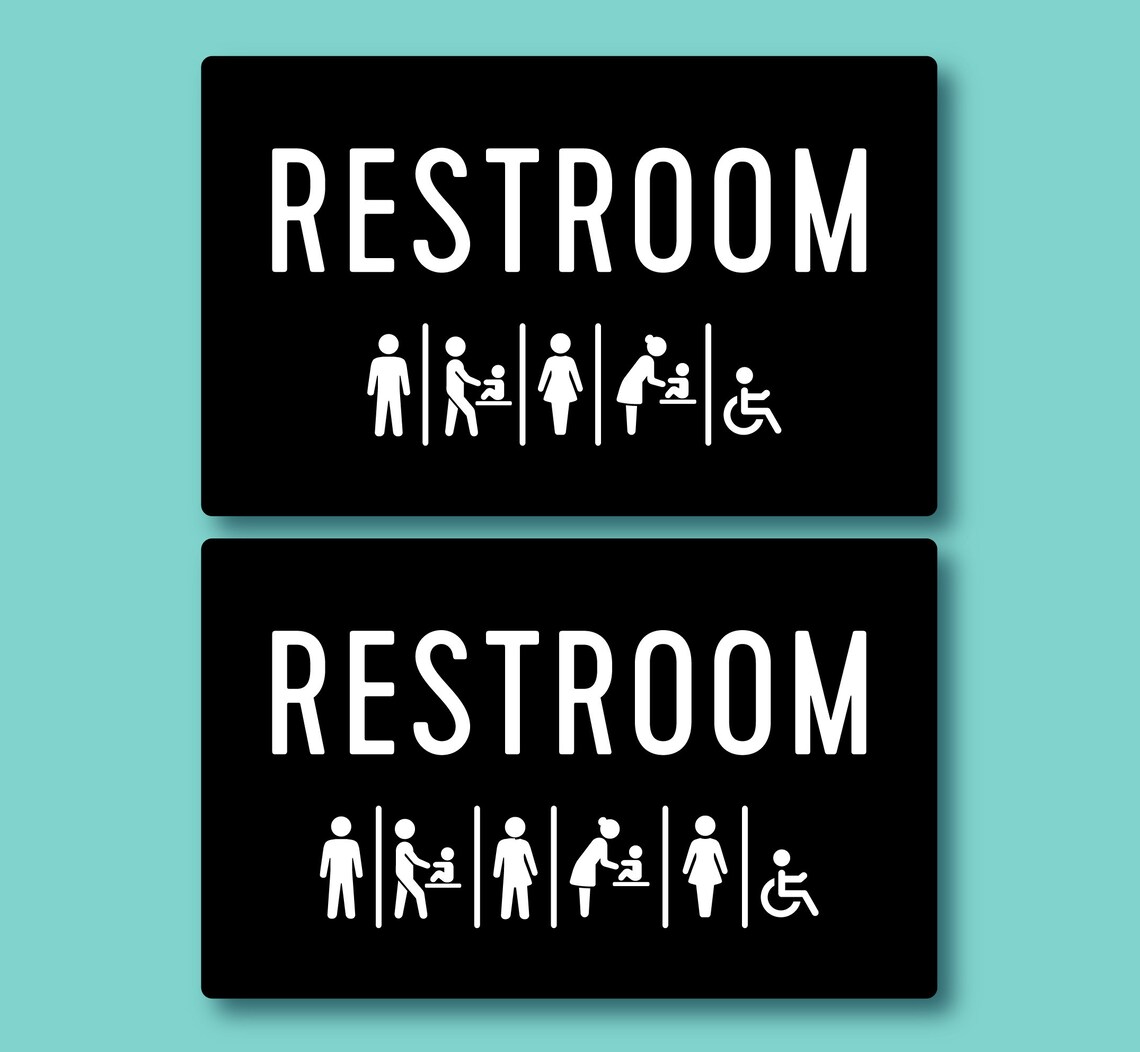What if I told you that your convenience store has a loss leader with universal appeal? What if I told you that maximizing the draw of that asset would not require much additional investment over your regular operating procedures?
What if I told you that the loss leader was your restrooms?
In the United States, businesses do not charge for using restrooms, but in the convenience store sector, customers often make purchasing decisions based on the store’s restroom (or the brand’s restroom reputation). As such, your restroom should not be an afterthought, but an opportunity to draw fuel-only customers in; reassure customers of your food quality and freshness; and promote inclusion.
How Restrooms Can Draw Fuel Customers In
Data shows that restrooms are key to drawing customers into your store. In 2018, GasBuddy found that a brand’s restroom cleanliness influenced 42% of customers and definitely influenced 27.19% of customers. GasBuddy noted:
“Every restroom visit is a sales opportunity. It’s a chance to connect with
fuel-only customers who would otherwise rarely — or never — wander
inside the store. Unfortunately, retailers who provide outdated, dirty,
or poorly maintained facilities are not equipped to leverage this opportunity,”
Restroom quality and cleanliness influence your customer’s decision making. When trying to decide between gas stations and convenience stores, a reputation for clean bathrooms will influence customers to choose your gas station and come inside your store after they fill up.
Reassure Customers of Your Food Quality and Freshness
In a recent CStore Decisions article, Buddy Gillespie, director of culinary innovation and restaurant services for the JBH Advisory Group noted,
“A clean restroom is a window to how that location prioritizes cleanliness…
If an establishment makes the efforts to keep a public bathroom clean,
smelling nice, and stocked with soap and paper products, this translates to
its perceived overall cleanliness standards.”
If you visited a store that had filthy restrooms, would you buy food there? Probably not. You would quickly wash your hands, drive to the next available fast food restaurant, and never go into that convenience store again. But if that same restroom were not only adequate, but pleasant to use, you would feel comfortable buying food there and would make a point of stopping there again in the future. Restrooms can not only draw customers to your fuel pumps and into your doors; they can increase your food sales.
Promote Inclusion for Overlooked Customers & Employees
Restrooms can also help you promote diversity, equity, and inclusion for your customers and employees. In particular, I want to highlight the secret power of a well-designed, gender-inclusive “family restroom”. While gender-inclusive restrooms are more common than you might realize, this seemingly simple design (it is a single room with a toilet and a sink, after all) can be inclusively designed for many of your customers, including:
- Parents of Small Children: Parents (especially mothers) traveling with small children need “family” restrooms to ensure that children are able to use restrooms safely, cleanly, and effectively.
- Pro tip: Be sure to include diaper changing tables in family restrooms, women’s restrooms, and men’s restrooms. Parents of all genders change diapers, but men frequently struggle to find changing tables when they don’t have access to family restrooms.
- Bonus Pro Tip: Add a baby supplies vending machine just outside your restrooms.
- LGBTQ+ Customers & Staff: Using public restrooms can be a source of anxiety and even danger for many LGBTQ+ individuals. Single use, gender-inclusive designs are a discreet, but meaningful way for you to ensure that these customers and staff members are able to use the restroom safely.
- Customers & Staff with Disabilities: Well designed restrooms can also facilitate inclusive facilities access for people with disabilities. In addition to being the right thing to do, it is the law. ADA guidelines spell out best practices for designing accessible restrooms.
Not all diversity, equity, and inclusion actions are about making a statement. Restroom design, while not a sexy topic, is a meaningful way to show customers and staff that you care about their needs and will respond to them in tangible ways.
The Bottom Line
People do not typically want to think about restrooms when talking about food. But they matter too much to ignore them! In addition to drawing people into your store and indicating your food quality, they are also a fundamental way to promote diversity, equity, and inclusion for your customers and staff. They truly are the best loss leader that most convenience stores currently underutilize.
Tim Powell is a Managing Principal of Foodservice IP. Tim serves as a trusted foodservice adviser to management at several food companies.
Like the content? Sign up to receive our communications.

Recent Comments